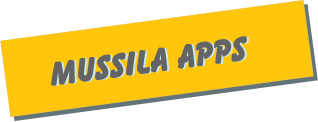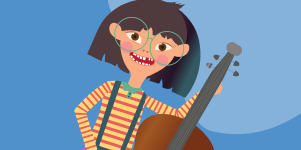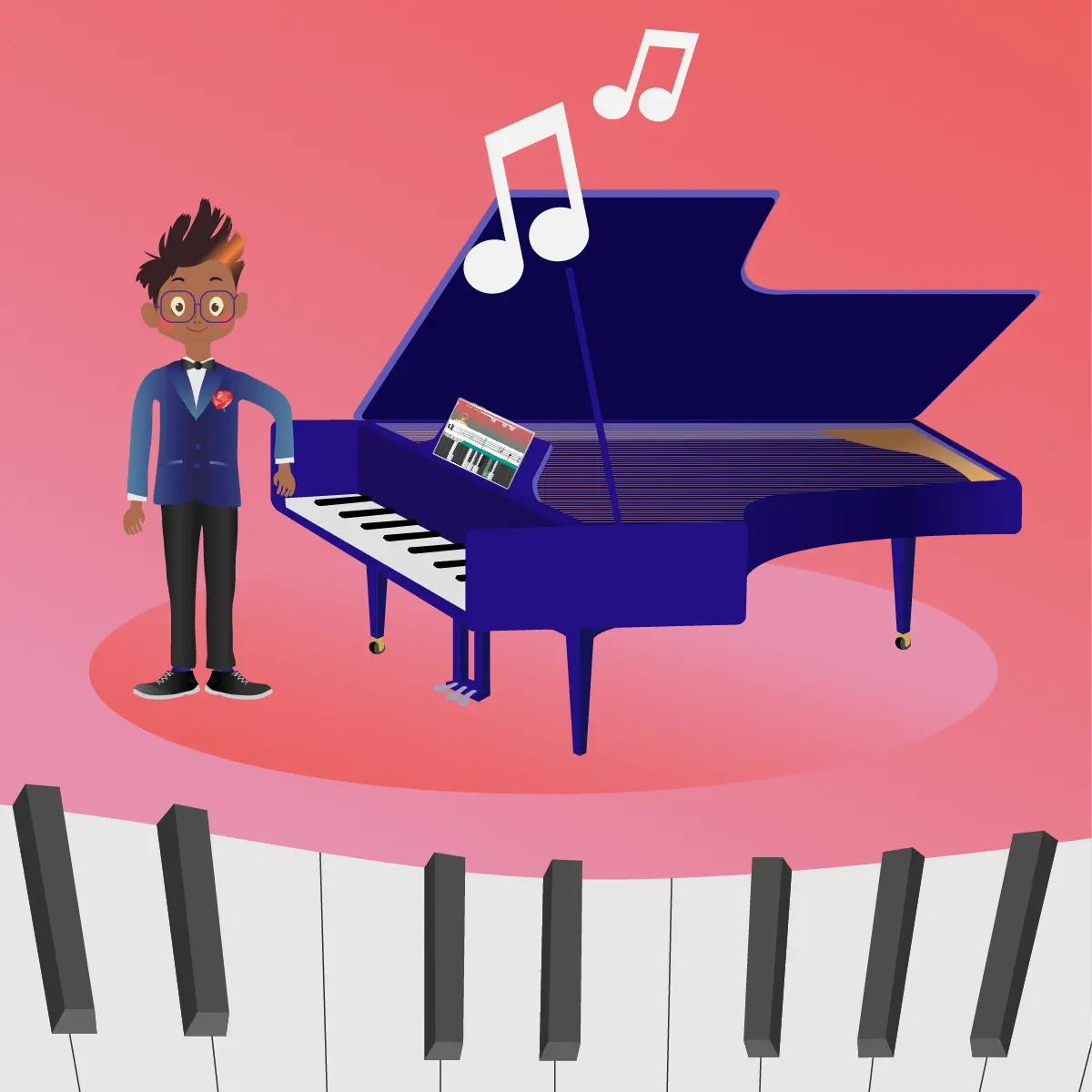By Arctic Meta,
The concept of digital learning has been around a lot longer than you might think.
In 1924 the very first machine that could allow a student to test themself was invented, but it would take another 70 years before school students would have regular digital learning sessions.
The 90s brought about educational games that added an extra element of engagement as kids were mastering skills like critical thinking, problem-solving and reasoning.
Over the course of the next couple of decades, as technology advanced, so did its role in the classroom.
Students of today have much more access to digital materials and can enjoy the benefits of digital learning.
This kind of approach to education doesn’t seem to be slowing down, so it does make us wonder, what will the future be like? What opportunities will come out of digital education? How is digital education already reshaping the way we learn? Read on to find out more.
The Future Role of Digital Learning in Education

The influence of digitisation is only going to increase as we head into the future.
Digital learning is already very common on the older end of the student spectrum.
University students have enjoyed the flexibility of e-lectures and online courses for years, but now we are seeing the potential for digital learning right from the start of elementary school.
The future will very likely rely on digital platforms to assist our children in their learning journeys.
The classrooms of tomorrow will be more connected, and students will have more access to knowledge.
It’s also possible that the abundance of knowledge will enable us to cater more specifically to the individual needs of each student and the outcomes they are hoping to achieve.
The methods we will use to teach will need to reflect the new skills needed to operate in the future world.
It does look as though digital learning is set to become a dominant force in the future of education.
Future Opportunities to Develop and Improve Digital Learning

As the future opens up possibilities for more digital learning, there will also be some chances to develop and improve with it.
Below are some of the ways digital learning could positively benefit students in the future.
Ability to Relate Digital Learning to Offline Learning

Digital learning offers the ability for students to have some experience with a subject before they enter a physical classroom.
It’s a great way to cover the basic ideas behind something so that more time, in person, can be spent exploring things further and cementing knowledge.
A great example of this would be taking something like the primary colours. A digital learning platform can instruct a student that there are three primary colours and that we can use those to make other colours.
Then, in class, the student can get out paints and paper and experiment with this knowledge.
Once they’ve had some fun, they can take it up a notch and introduce white and black to see what happens.
In situations like this, the basics of the lesson can be covered online so that time can be more efficiently used in class for real-world examples and applications.
Receiving Regular Feedback and Analysis of Individual Progress

In the traditional model of education, students turn up to class, learn, are examined and then a few times a year, we receive a report card letting us know if they’re doing well or if we might need to dip into our retirement fund to hire a private tutor.
This system was designed to let parents know the progress of their children, but more so, it was about giving teachers time to actually teach.
I mean, can you imagine how much work it would be for your kid’s teacher to give you a report every single week on their progress with every aspect of their curriculum? I don’t think any teacher is paid enough for that.
The major problem with this system is that often the end of a term or semester is too late to find out that little Tim confuses the present simple with the present progressive.
Within the ecosystem of a digital learning environment, there is an online record of everything little Tim has done. You can see at the click of a mouse what he’s strong at and what he struggles with (we’re all rooting for you, Tim!)
Developing Practical Knowledge Application From Learning

Acquiring a piece of knowledge is one thing; knowing how to actually use it is another altogether.
I remember a long time ago a friend of mine preparing for his first day of work as a doctor. He had graduated medical school just two months prior, and he was terrified. When asked why, his response was, “I know lots of stuff, but I don’t actually think I know what to do with it.”
One of the biggest criticisms that the digital world gets is that it’s not actually teaching our kids useful life skills.
For example, how many times have you heard someone say that kids have no idea how to use a paper map?
While orienteering with a compass and a map is an impressive skill to have, in 2021, it’s not really going to be that incredible unless you plan on being dropped into the wilderness, Bear Grylls style, and forced to survive on nothing but pinecones and determination.
Kids might not be able to read a paper map, but thanks to the practical applications provided by digital platforms they could probably book you a holiday in Spain, compare the best prices for accommodation, tell you the best time of year to go and even take you on a virtual tour of the labyrinth in Barcelona without getting lost.
If that’s not practical application in action, I don’t know what is.
Introducing Wider Social Engagements

An incredible benefit of the digital age we’re living in is just how much smaller the world has become. We are way more connected than ever before, and this makes digital learning even more exciting for kids.
Students are now able to work on group projects with complete ease. They don’t even have to go to each other’s houses after school, which can alleviate some of the ‘school pick-up’ stress we’ve all experienced before.
They’re also able to connect in ways they weren’t able to before.
Some kids are naturally shy, and the ability to connect with their classmates in a more digital way can do wonders for their confidence and self-esteem.
There’s also the ability to experience languages and cultures in new ways.
If you remember having a pen-friend in your language class when you were a kid, that entire system can be more interactive and in real-time now.
Instead of writing letters, kids can email their international friends and even Facetime for genuine language practice with a native speaker.
Incorporating With Traditional Learning Methods

Just because digital learning is revolutionising things doesn’t mean we should give up on the traditional model of teaching altogether; on the contrary, both learning methods incorporate together incredibly well.
Studies have shown that mixing both traditional and digital learning methods together greatly enhances the retention of knowledge in students.
In fact, the key principle of digital learning is to strengthen the material covered in the traditional teaching format.
How Digital Learning is Already Improving the Education System

Without digital learning platforms, many students would have spent large parts of the past two years learning absolutely nothing.
We have already seen throughout the pandemic how advancements in digital learning are improving the education system, but there are some more specific outcomes to consider as well.
More Resilience in the Education System
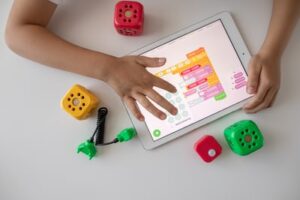
The introduction of digital learning methods, platforms and materials has strengthened the resilience of the education system. It has created an adaptable institution where there used to be a rigid one.
We probably don’t want to admit it (because we’re jealous), but our kids are going to leave school with a much better understanding of the world around them and their place in it than we did.
Offers Children a Competitive Edge in Development

One of the frustrating things for students who are gifted or competitive is that they can often feel held back by their peers.
They develop frustration that they can only go at the pace of the rest of the class, and over time it can make them lose their drive because it all feels pointless.
With digital learning, a student is only limited by how much time they want to spend devouring knowledge.
This can mean incredible wins for students in the long term and can give them a better feeling of satisfaction on their learning journey.
Wider Accessibility of Learning Material

The digital revolution has helped to level the playing field when it comes to the quality of education available to students.
In the traditional system, the actual place you attend school determines a lot about what you will be able to learn.
There’s, of course, economic disparities, budgets and the sheer distance a school is from resources; all of these things can have a massive impact on the education of a student.
With digital education, it’s not so important that your school doesn’t have a science lab or can’t afford to take you to a planetarium; you can have similar, if not the same, experiences through the wonders of technology.
More learning materials are available to students and teachers than could be found in any library (not to say that libraries aren’t useful because they are, and all students should love them).
Supporting Children During the COVID-19 Pandemic

When the COVID-19 pandemic began shutting down just about everything, school systems had to quickly adjust.
They needed to figure out how to continue when people couldn’t physically be in the same place.
Luckily digital and hybrid models of education were able to get many students to the end of the school year without falling behind.
What we have learned from this time has also changed the way we look at education, much in the same way that we now look at our jobs.
There’s a lot we can gain from using technology to our advantage.
Why Digital Learning is Reshaping Education
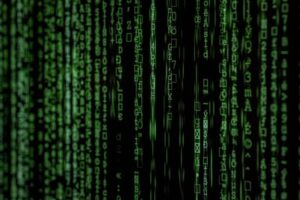
The reshaping of education by digital learning has been a natural progression that stems from the way the world has changed in the last century. Almost every facet of our lives has some form of digital element to it now, so it was bound to happen eventually.
Technology is so deeply tied with knowledge that a recent study found 61% of students use their phones to help them study, and 95% felt that it is impossible to study without technology.
The truth is that we are living in an age of information, fast information.
The information is sometimes so fast that by the time a textbook is printed and distributed, it might not be a reliable source anymore.
The education system is being reshaped because it’s necessary.
Our kids will all positively benefit from these massive cultural shifts in the future.
Digital Learning vs Traditional Learning Methods

When looking at digital learning and traditional learning models, it’s easy to get stuck in a mindset of comparing them, but it shouldn’t really be viewed as an ‘old vs new’ situation.
Digital learning is making leaps and bounds, but it doesn’t mean there’s no longer merit in the traditional way of teaching; it simply means that there’s another element to add into the mix that can help provide students with better outcomes.
A great example of this is the Mussila Music School. This award-winning application uses a completely digital workspace to teach kids music theory through play.
Kids can literally go from knowing absolutely nothing to being on the path to music excellence in a flash.
Well, they will get on the path in a flash; it’s still going to take time to reach excellence (it’s not the Matrix).
It doesn’t mean that there’s no reason to seek out in-person music lessons if your child wants to learn an instrument; it is, however, an incredible option, especially if you’re not sure which instrument they even want to play because they don’t need one to learn with Mussila.
Digital learning tools like Mussila are revolutionising the way we learn because they’re making education more accessible and affordable for everyone.
If you’d like to find out more about the Mussila music school, check it out here, or download the app from your preferred app store and get started.
Conclusion
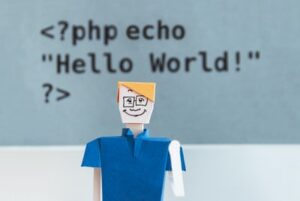
The future of digital education looks bright because it’s lit by low energy consuming LEDs that can also change to pretty much any colour you want to.
The educational landscape is being changed right before our eyes, and it’s an exciting time to be a teacher or a parent.
We’re going to be able to witness a technical revolution as it happens, and someday our kids will probably change the colour of those LED lightbulbs for us via the internet.


